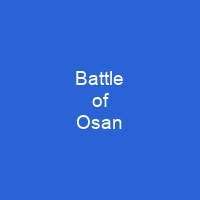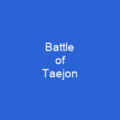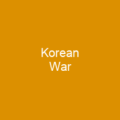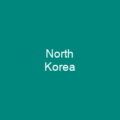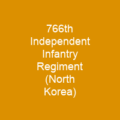The Battle of Osan: A Turning Point in the Korean War
Imagine a small group of soldiers facing an overwhelming force—like David against Goliath, but with outdated weapons and limited training. This was the reality for Task Force Smith during the Battle of Osan on July 5, 1950.
The Prelude to Conflict
Was it really a surprise when North Korea invaded South Korea with such force? The Republic of Korea Army was caught off guard, and the situation quickly spiraled out of control. By June 28, Seoul had fallen, leaving the UN Security Council no choice but to authorize military intervention.
The Task Force’s Deployment
How did they choose Task Force Smith for this mission? The 1st Battalion, 21st Infantry Regiment, led by Lieutenant Colonel Charles Bradford Smith, was selected. They were airlifted from Itazuke Air Base in Japan to Korea, where their primary objective was to delay North Korean advances.
The Battle Ground
What did the battlefield look like for Task Force Smith? The task force set up a defensive line on two hills near Osan. They had six 105 mm howitzers and four .50 calibre M2 Browning heavy machine guns, but they were vastly outnumbered by North Korean T-34/85 tanks.
The Clash of Forces
How did the battle unfold? The North Koreans approached with eight T-34/85 tanks. Despite air support and artillery fire, the US forces were unable to stop their advance. One tank was disabled, but another continued its assault, causing significant damage.
The Retreat
Why did Task Force Smith have to retreat? With low ammunition and communication breakdowns, the task force was ordered to withdraw. Many survivors escaped captivity, while others were captured by North Koreans. The battle resulted in 60 US dead, 21 wounded, and 82 captured.
The Aftermath
What did this battle signify for American forces? The Battle of Osan highlighted the weaknesses of American troops—outdated equipment and poorly trained units. However, it also showed that even with these limitations, they could delay North Korean advances.
The Legacy of Task Force Smith
How did this battle impact future engagements? The 24th Infantry Division’s subsequent battles, such as the Battle of Pyongtaek, continued to showcase these weaknesses. Despite the losses, the task force managed to delay North Korean forces for several hours.
The Battle of Osan remains a pivotal moment in the Korean War, reminding us that even with limited resources and training, courage and determination can make a difference. The legacy of Task Force Smith lives on through memorials and annual commemorations, ensuring that their sacrifice is never forgotten.
You want to know more about Battle of Osan?
This page is based on the article Battle of Osan published in Wikipedia (retrieved on November 28, 2024) and was automatically summarized using artificial intelligence.
